Members save 10% or more on over 100,000 hotels worldwide when you're signed in
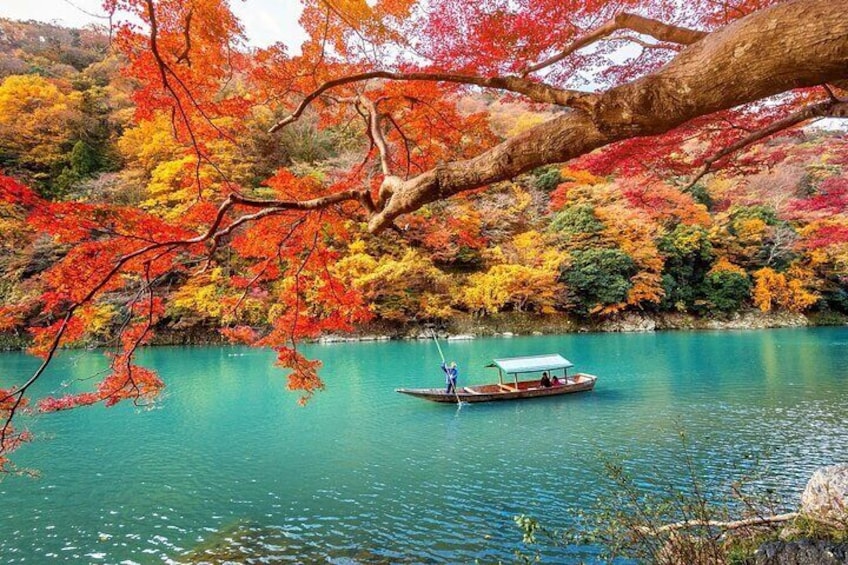
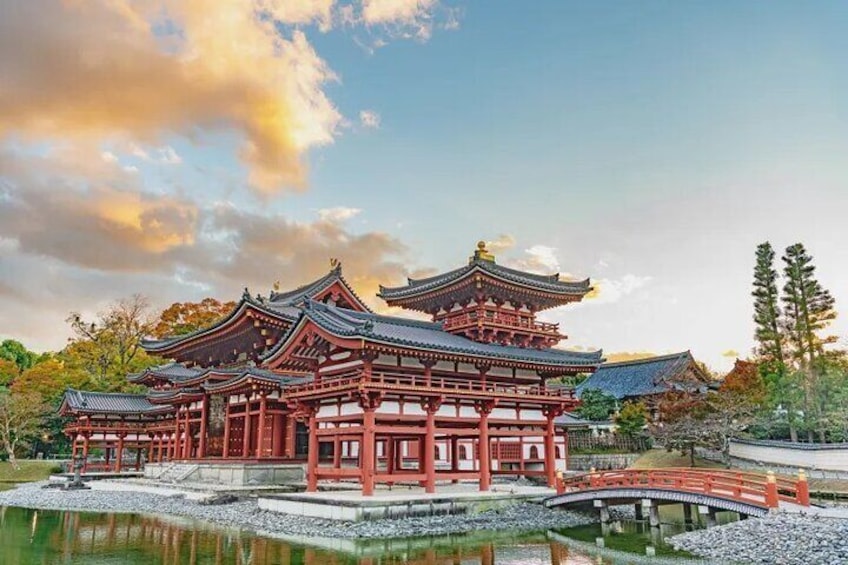
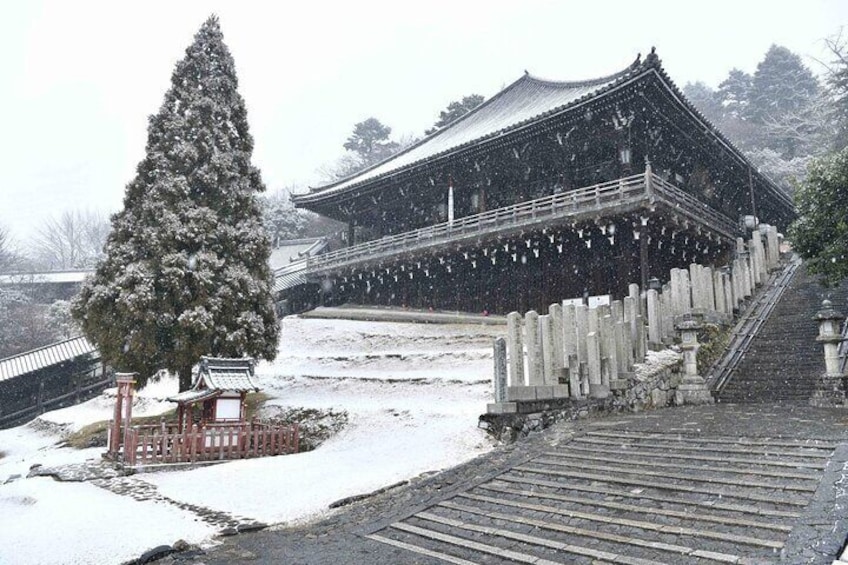
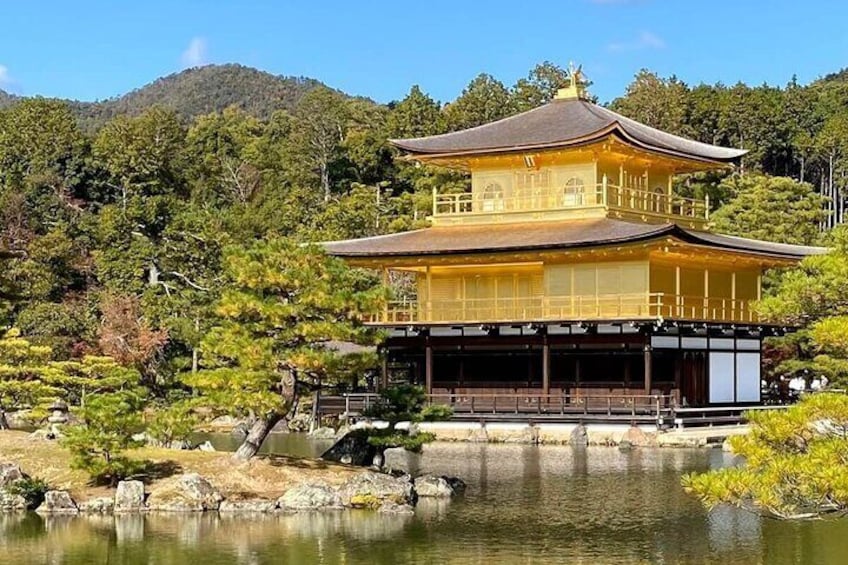
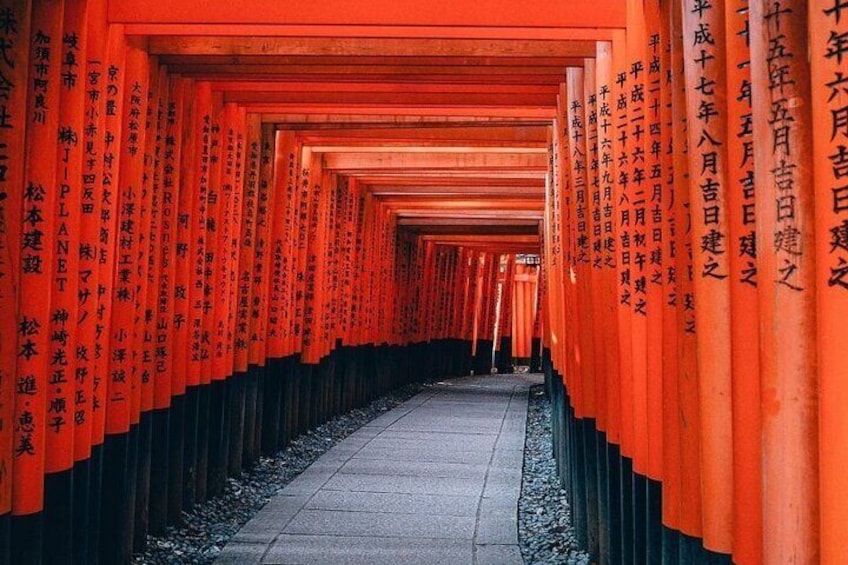
3 Days Private Osaka Kyoto and Nara Tour with English Driver
10/10
10 out of 10Features
- Free cancellation available
- 3d
- Mobile voucher
- Instant confirmation
- Selective hotel pickup
Overview
You will have an amazing and Unforgettable 3 Days in Japan with us!
There are several attractive spots in western Japan, we will share with you how to enjoy all the things to do in Kyoto, Nara, and Osaka in just 3 days. Sightseeing Osaka City, Japan's second-largest metropolitan area after Tokyo, and the economic powerhouse of the Kansai Region for many centuries.
Transfer to visit Kyoto city, which served as Japan's capital and the emperor's residence from 794 until 1868. It is one of the country's ten largest cities with countless temples, shrines, and other historically priceless structures surviving in the city Next Day.
Transfer to visit Nara, Japan's first permanent capital, established in the year 710, and which remains full of historic treasures, including some of Japan's oldest and largest temples.
We can pick up all travelers from their locations in Osaka. Our tour is fully customizable
Activity location
- Osaka Castle
- 1-1 Osakajo,
- 540-0002, Osaka, Osaka Prefecture, Japan
Meeting/Redemption Point
- Osaka Castle
- 1-1 Osakajo,
- 540-0002, Osaka, Osaka Prefecture, Japan
Check availability
3 Days Tour Osaka, Nara, Kyoto
- 3d
- English
Pickup included
What's included, what's not
- Private transportation
- WiFi on board
- Air-conditioned vehicle
- Parking Fees
- Lunch
Know before you book
- Wheelchair accessible
- Infants and small children can ride in a pram or stroller
- Service animals allowed
- Public transportation options are available nearby
- Specialized infant seats are available
- Transportation options are wheelchair accessible
- All areas and surfaces are wheelchair accessible
- Suitable for all physical fitness levels
Activity itinerary
Day 1: Osaka Private Tour with English Speaking Driver
- 8 stops
- Meals: Not included
- Accommodation: Not included
Osaka Castle
- 1h
Shitennoji
- 1h
Shinsekai Inari Shrine
- 1h
Sumiyoshi Shrine
- 1m
Sakai City Hall Observatory Flour
- 1h
Cup Noodle Museum Osaka Ikeda
- 1h
Solaniwa Onsen Osaka Bay Tower
- 1h
Shinsaibashi-suji Shopping Street
- 1h
Day 2: Nara Private Tour with English Speaking Driver
- 9 stops
- Meals: Not included
- Accommodation: Not included
Todai-ji Temple
- 1h
Nara Park
- 1h
Kasuga Taisha Museum
- 1h
Naramachi
- 1h
Kofuku-ji Temple
- 1h
Nara National Museum
- 1h
Nara Palace Site Historical Park
- 1h
Isuien Garden
- 30m
Yoshikien
- 30m
Day 3: Kyoto Private Tour with English Speaking Driver
- 9 stops
- Meals: Not included
- Accommodation: Not included
Arashiyama
- 1h
Kinkakuji Temple
- 1h
Fushimi Inari-taisha Shrine
- 1h
Kiyomizu-dera Temple
- 1h
Gion
- 40m
Sanjusangendo Temple
- 1h
Ginkakuji Temple
- 1h
Nishiki Market Shopping District
- 1h
Kyoto Imperial Palace
- 1h
Location
Activity location
- Osaka Castle
- 1-1 Osakajo,
- 540-0002, Osaka, Osaka Prefecture, Japan
Meeting/Redemption Point
- Osaka Castle
- 1-1 Osakajo,
- 540-0002, Osaka, Osaka Prefecture, Japan